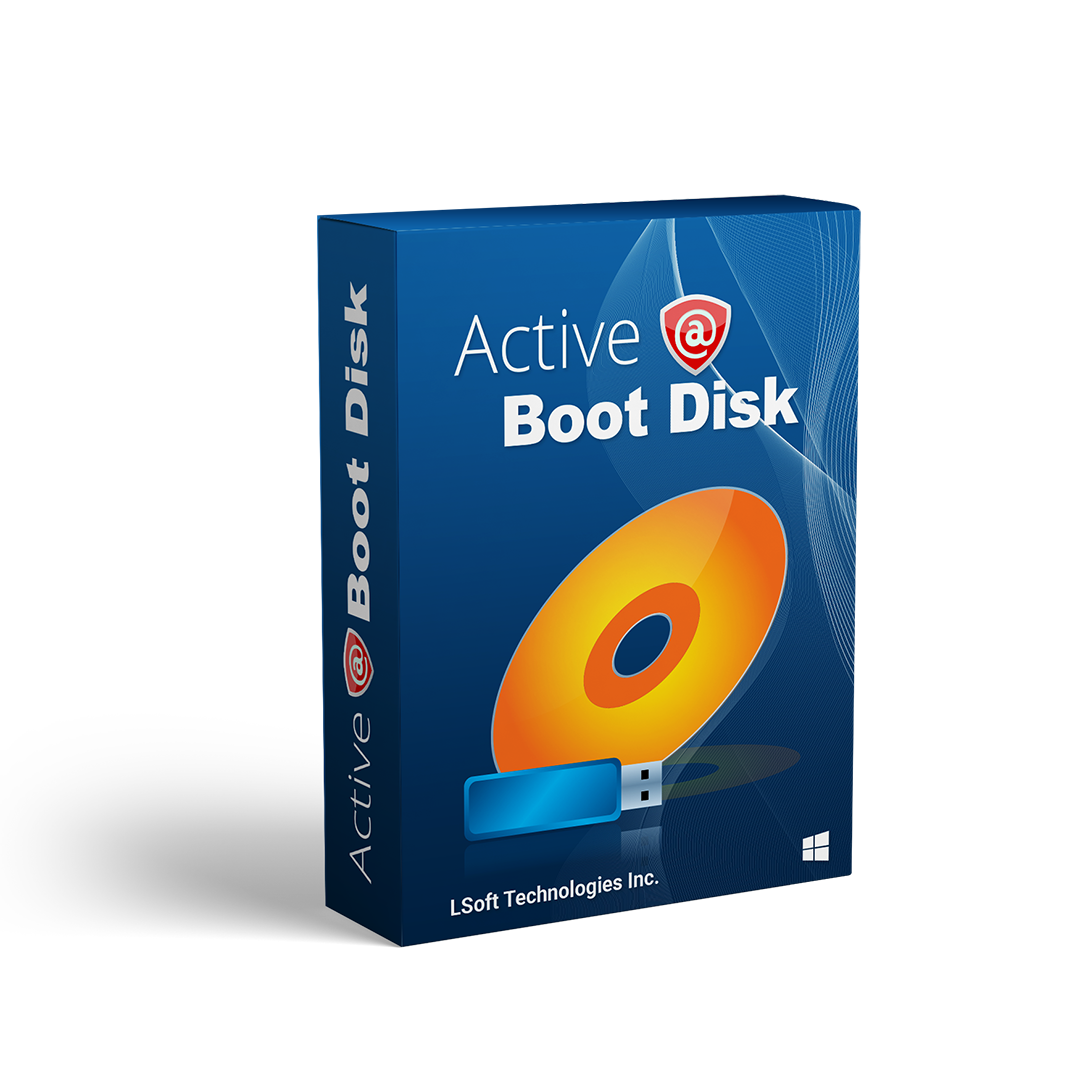The Evolution of MKV Video Formats: From Inception to Modern Usage
Introduction
In the realm of digital video formats, MKV, short for Matroska Video, has emerged as a versatile and comprehensive multimedia container. Distinguished by its ability to encompass a wide range of audio, video, and subtitle files within a single file, MKV has gained immense popularity among tech enthusiasts, filmmakers, and casual users alike. This article delves into the history of the MKV format, tracing its evolution from inception to its modern-day iterations, while highlighting significant milestones in its development.
Early Beginnings
The genesis of the MKV format dates back to the early 2000s. In December 2002, a team of developers, led by Steve Lhomme, created the Matroska project. The initial inspiration came from the limitations of existing multimedia formats such as AVI. Recognizing the need for a more flexible and open standard, the team set out to develop a free, open-source multimedia container capable of storing vast amounts of data, supporting a wide array of codecs, and accommodating multiple audio, video, and subtitle streams.
The community-driven nature of the Matroska project meant that it was designed with the future in mind. Unlike its predecessors, the MKV format was intended to be a universal format, capable of adapting to technological advancements and accommodating future developments in digital media.
The Rise and Growth of MKV
After its initial release, the MKV format quickly gained traction due to its remarkable features and open-source nature. One significant advantage of MKV was its ability to store an extensive amount of metadata, allowing for flexible editing and manipulation of multimedia files. Users could easily customize their viewing experience by choosing from multiple audio tracks, subtitles, and menus embedded within a single MKV file.
Over the years, the MKV format evolved through a series of iterations, each bringing new capabilities and enhancements. The introduction of advanced video codecs such as H.264 and H.265 further boosted its popularity, enabling high-quality video playback with smaller file sizes. Additionally, MKV's support for variable frame rates and its capability to handle high-definition and 4K content made it a preferred choice for modern digital media consumption.
Key Milestones in MKV's Development
- 2004: With the introduction of Matroska's first stable release, version 1.0, the format began to make significant inroads into the mainstream media industry. The release also saw the integration of the Matroska Media Container (MMC) into popular media players, allowing for seamless playback of MKV files.
- 2009: A major milestone in the development of the MKV format came with the launch of its sibling project, WebM, which was backed by Google. The introduction of WebM as a royalty-free multimedia format built on Matroska's framework facilitated the widespread adoption of MKV, particularly on the web.
- 2010s and Beyond: The rise of online streaming platforms and the increasing demand for high-quality video content further solidified MKV's status as a leading multimedia format. Its compatibility with modern codecs and adaptability to evolving technologies ensured its continued relevance in the digital landscape.
Data Recovery and MKV: The Role of Active@ UNDELETE
While MKV has witnessed remarkable growth and adoption, file corruption and data loss remain pressing concerns for users. Here, tools like Active@ UNDELETE play a pivotal role. Known for its robust data recovery capabilities, Active@ UNDELETE allows users to recover any data, including MKV files, from lost or deleted partitions. Embedded in boot disks such as Active@ LiveCD and Active@ Boot Disk, the software leverages its File Signatures feature, enabling recovery from virtually any file system.
Whether due to accidental deletion, hardware failure, or software glitches, the potential loss of precious multimedia content can be devastating. However, with Active@ UNDELETE, users have a powerful ally in their quest for data retrieval. Supporting a wide range of file formats and offering intuitive tools for partition recovery, this software ensures that precious MKV files and other media are never irretrievably lost.
Conclusion
The MKV video format has undoubtedly revolutionized the way multimedia content is stored, shared, and consumed. From its humble beginnings as a community-driven project to its current status as a premier multimedia container, MKV has consistently demonstrated its versatility, adaptability, and enduring relevance.
As the digital media landscape continues to evolve, with new technologies and formats emerging, MKV's open-source foundation ensures it remains at the forefront of innovation. Coupled with robust data recovery solutions like Active@ UNDELETE, MKV users are equipped to tackle challenges of data loss, preserving their cherished multimedia collections for years to come. In an era of rapid technological advancement, MKV stands as a testament to the power of open standards and collaborative development in shaping the future of digital media.



